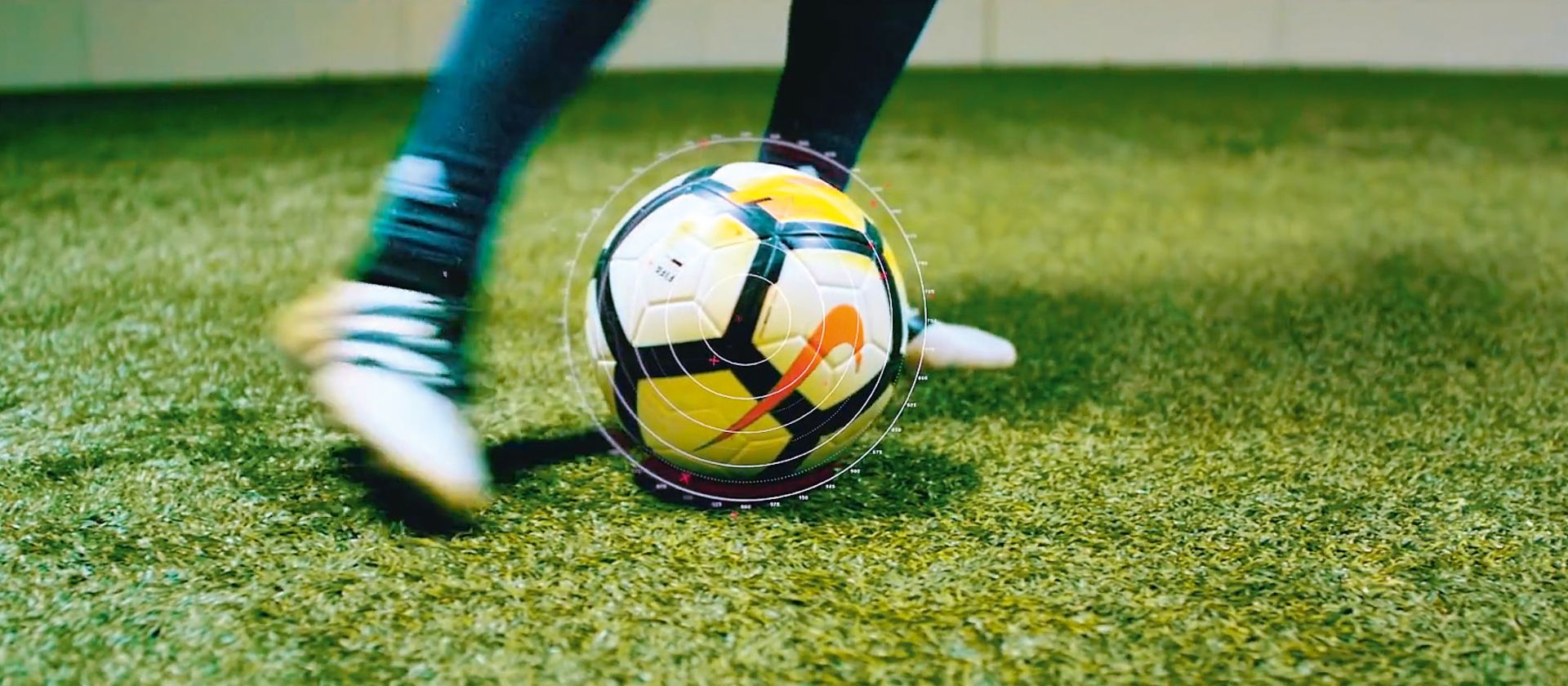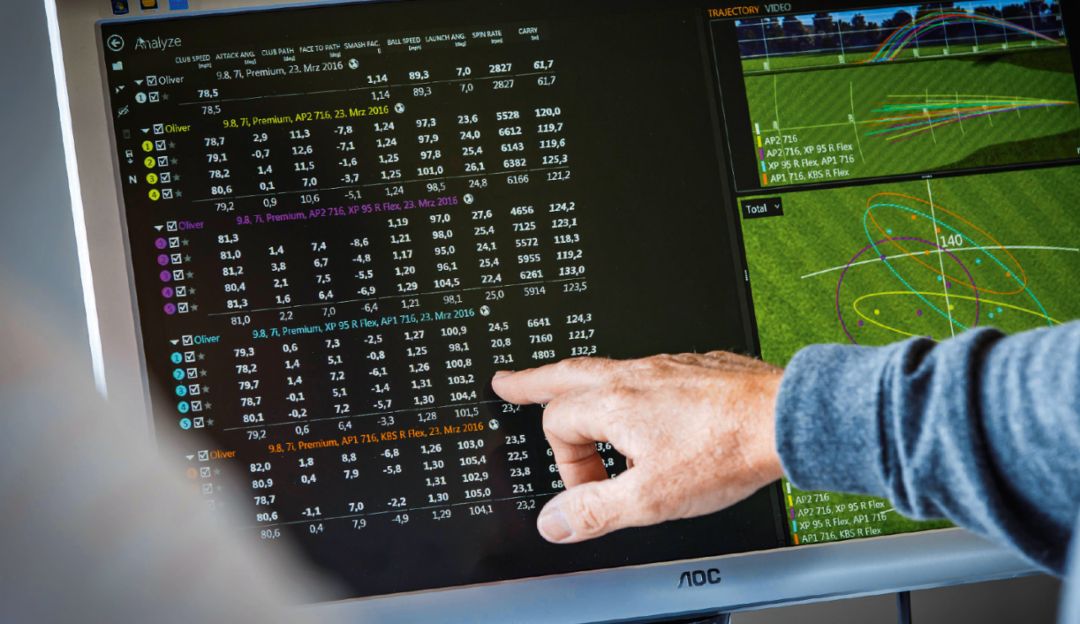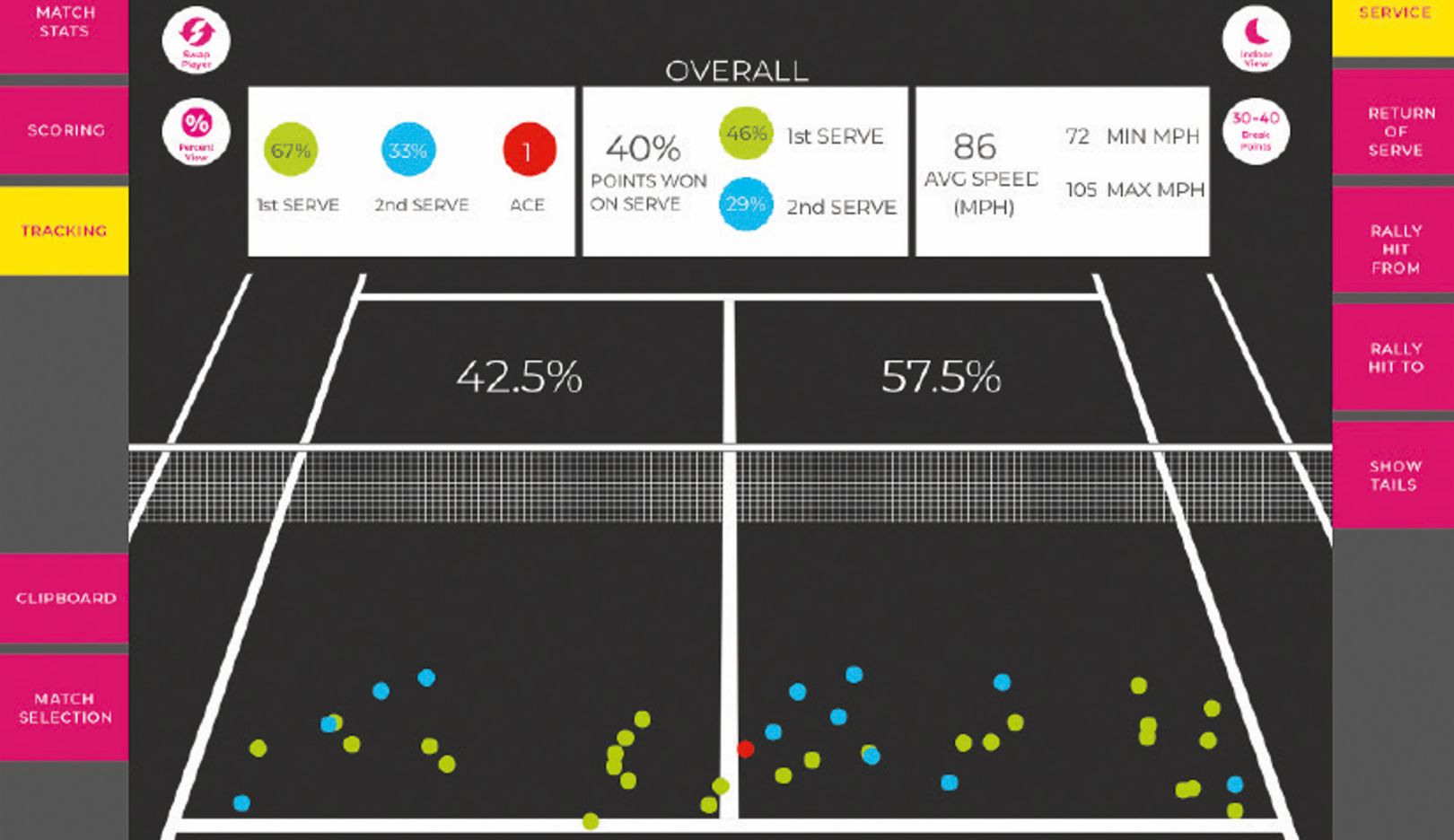Faster Higher More Digital
Soccer. Golf. Tennis. Porsche has been engaged with these sports by supporting young talent for many years. Like most global industries, elite-level sports have arrived in the digital age.

Tennis: Technique
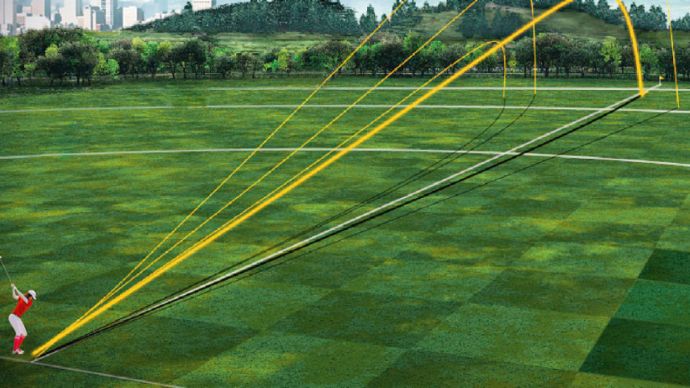
Golf: Precision
The thousand-year-old city district Lindenau, in the west of the Saxon metropolis Leipzig, was once an important industrial center. It bounced back from the decay of the postwar and post-reunification periods to become a thriving soccer community in the early 2000s. There, on Cottaweg, resides Bundesliga club RB Leipzig, the fast-rising star that ascended from the first league to the Champions League. Anyone who wants to see how much professional sports have changed in this international big-money business should visit the team’s training facility, an unassuming mini-arena ten meters in diameter, with walls two and a half meters high and artificial turf on the ground.
From outside, you can already hear shots pounding the interior walls. Two U13 prospects, Elias and Julius, are currently doing a training exercise in which virtual goals are projected on the walls. The task for the young athletes is to hit the highlighted goal within two seconds. “The soccerbot is designed to train quickness of perception and reaction—two factors that are incredibly important for our playing philosophy,” says former coach Aleksey Shpilevskiy, who has since become the head coach of Dynamo Brest in the Belarusian Premier League. The results are saved and compared to the previous training sessions. It’s a way to make success more probable.
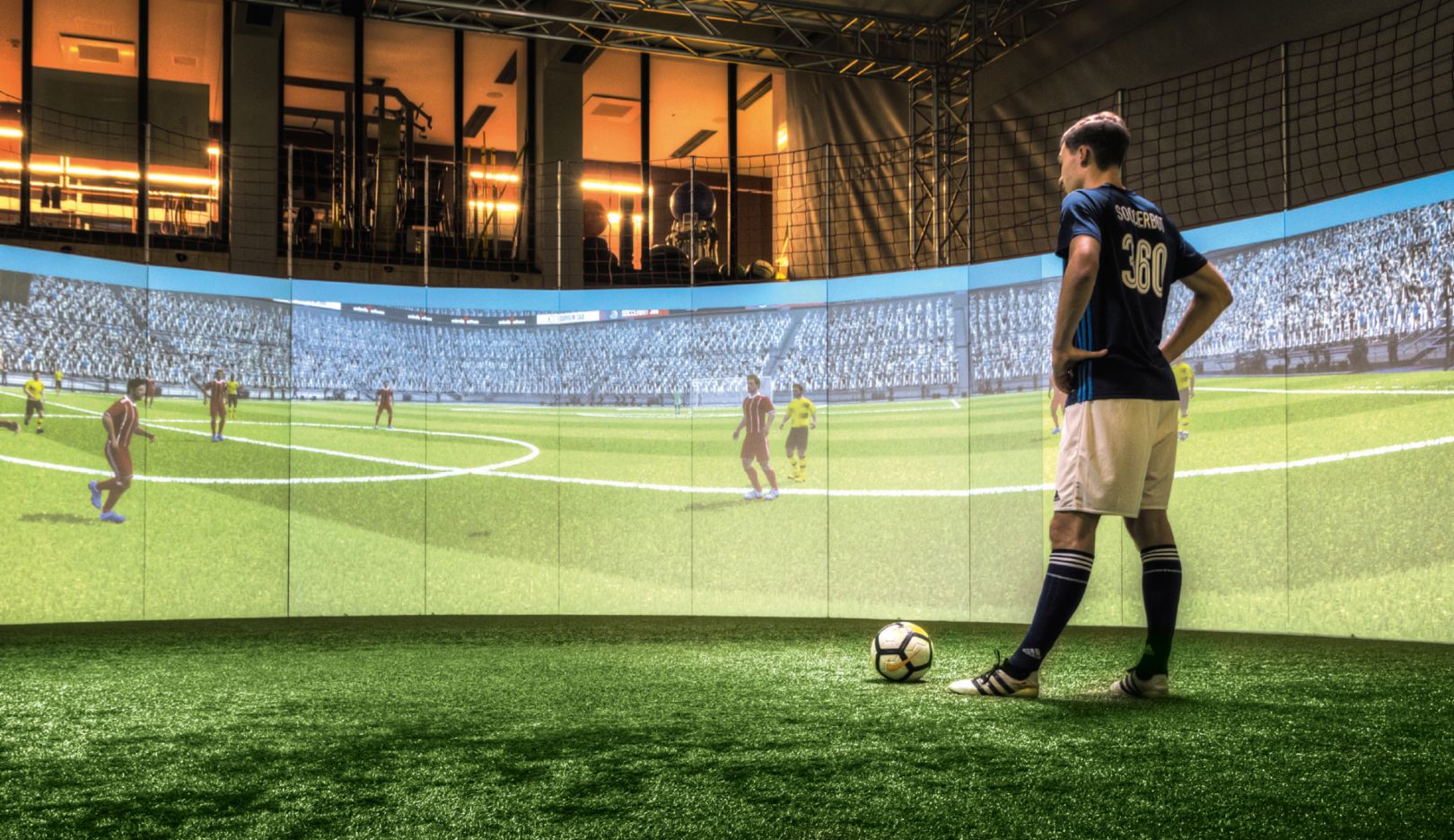
Goal of the soccerbot training aid:
To train players’ quickness of perception and reaction.The soccerbot simulates the short reaction times.
90
square meters of space is encompassed by Soccerbot360.
18,000
training intervals have been completed at RB Leipzig with Soccerbot360 in just over a year.
320,000
passes were made by players over that period.
Three hundred meters as the crow flies from the soccerbot hall, Ralf Rangnick sits in the stadium of RB Leipzig. The club’s former sports director and now coach for the 2018/19 season would certainly be nonplussed to hear himself described as a “data junkie.” Yet, as a successful Bundesliga top coach, he knows perfectly well that in his milieu practically nothing is possible without digital technology these days. “Big data has been a reality in the soccer business for some time now. Back in the day, there was one lactate test per season,” says the sixty-year-old, recalling his early days as a coach in the eighties. “Now you test the blood values and the condition of each individual athlete every day.” The RB squad collects the data from every training session via transmitters in the performance trackers worn by the athletes. Later, an analyst working with the athletic trainers of the Bundesliga squad puts together a workout plan for each player for the coming day of training. The data also lets the head coach know when a player could use a break in the upcoming match.
“Big data has been a reality in the soccer business for some time now. Back in the day, there was one lactate test per season.” Ralf RANGNICK
But big data doesn’t just help coaches and trainers access vital statistics or map game situations schematically; everyday training has changed remarkably as well. At RB Leipzig, every practice is filmed from a bird’s-eye view and archived. Using the material, the coaches splice together game-day situations that are then shown to players to mentally prepare them for particular aspects of the upcoming match. Moreover, each player receives personally tailored videos sent to their smartphones. The videos are intended to give the player a view of their own potential for improvement and also to illustrate typical on-the-pitch behaviors of potential opponents to enable the RB player to make the ideal adjustments. The next step in Leipzig is already in the works: an app that’s used not only to transmit data and videos but also for team communications. A similar app is already in use by league rival TSG 1899 Hoffenheim and the German Football Association (DFB), which first used the technology during its triumphant 2014 World Cup run in Brazil.
Billy Beane, former general manager of the Oakland Athletics baseball club, who was played by Brad Pitt in the Hollywood blockbuster Moneyball (2011), used mathematical analysis as early as the late 1990s to form one of the most unexpectedly successful teams in the history of baseball. Instead of listening to his know-it-all scouts and their ostensibly infallible gut instincts, he hired a young Yale graduate who examined all potential players in terms of their on-field qualities to date—including journeymen and rejects. How often were they actually successful with a particular throw, hit, or play? The result: in the early 2000s, the cash-strapped club laid down a historic streak of twenty consecutive victories despite having to sell off their best players to big-market teams in the run-up to the season.
Golf: ideal putting line projected on the green
34
times per round is how often the putter is used—more than any other club.
2006
saw the first use of digital distance meters at golf tournaments.
7,165
meters is the length of the course on which the Porsche European Open was played in 2018.
There are always multiple ways to play the ball. The best one is key.
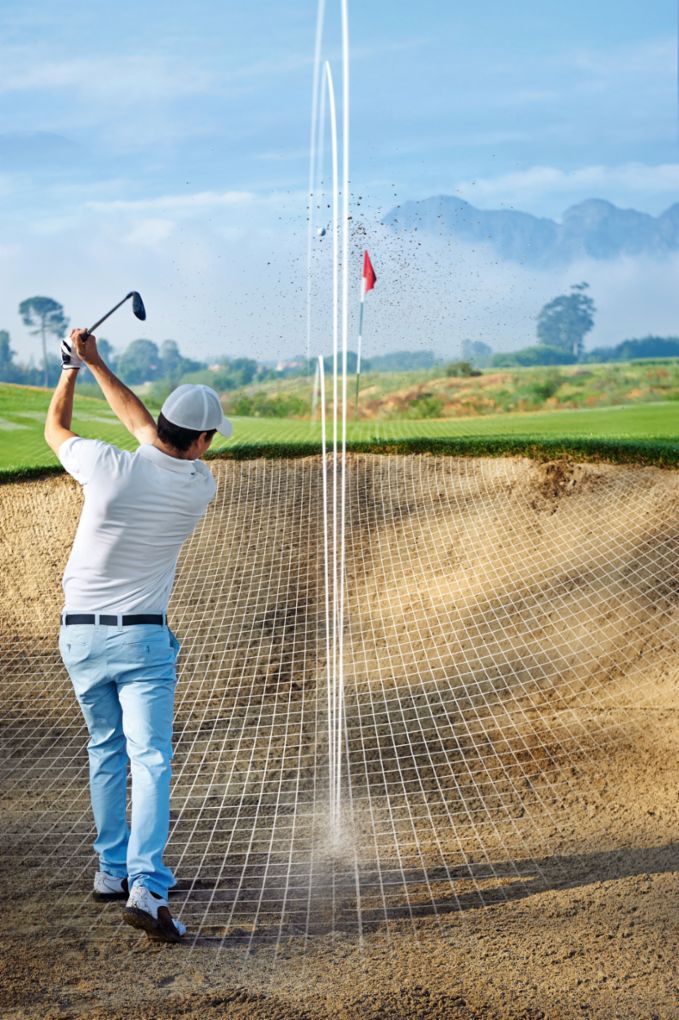
Flightscope:
The next generation of golf radar measurement will be used to determine official live scores at tournaments.Unlike soccer pros, professional or high-level amateur golfers have long been accustomed to using digital assistants, although their use is restricted in official tournaments. Lasers measure the distance from the position of the ball to the specified destination, including the flight trajectory and the fairway elevation differences relevant to the shot in question. The player knows at a glance which club will be ideal for the intended shot—whether a seven iron will indeed bridge the 122 meters to the hole or shoot over the green.
Portable radar-aided systems for the digital analysis of golf swings help golfers of all levels. These systems analyze every swing down to the smallest detail. How can the excessive opening of the face of the club, which causes the ball to slice right instead of flying straight, be corrected? It’s also possible to measure and display the club trajectory, head and ball speed, and of course, the distance of a shot.
The most important shot is the putt. According to the US magazine Golf Digest, a golfer uses his putter thirty-four times in order to maneuver the ball into the hole on an eighteen-hole course. No other club is used with such frequency.
“We overlay reality with virtual information.” Lukas POSNIAK
Hamburg-based Lukas Posniak and Christoph Pregizer are in their early thirties and offer the most innovative putting training system on the market today. Puttview works with augmented reality (AR); the idea came to engineer Pregizer while working on his short game. Wouldn’t it be helpful to visualize the ideal line that the ball needs to take into the hole? “We overlay reality with virtual information,” says Posniak. First, the green is measured via laser or drone, then a 3-D map is calculated that is fixed at a particular point, and finally the player is “calibrated” accordingly. Indoor training uses a projector to make the line magically appear on the artificial green, and in the open air the subject uses augmented-reality glasses. The benefit? “If you putt without showing the line and then display it afterwards, you can see exactly where things went wrong,” says Posniak.
Tennis: analyzing the opponent on a tablet
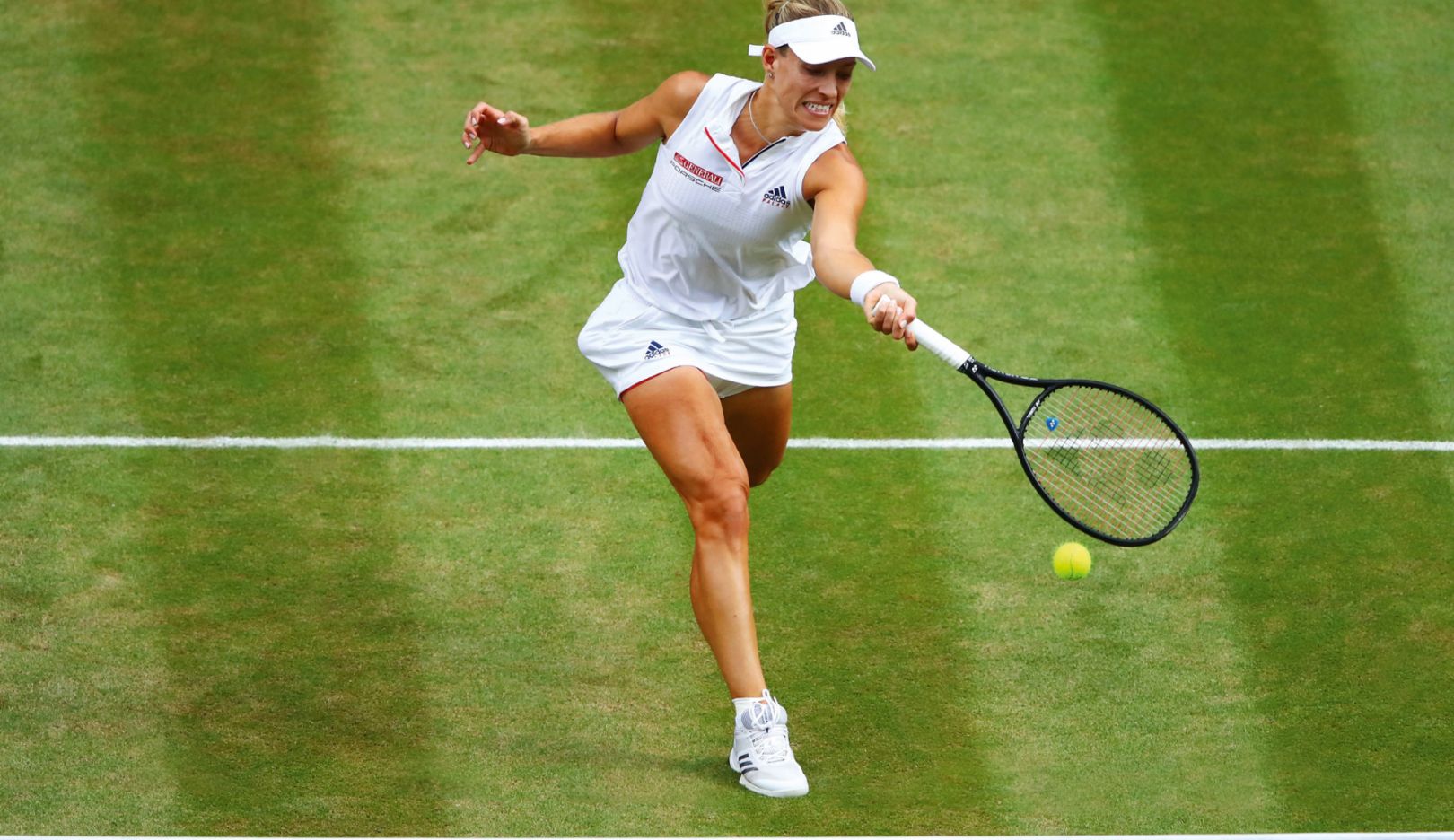
Angelique Kerber’s play is analyzed:
Wim Fissette, coach of this year’s Wimbledon winner, trusts the power of data.Change of scene: the Porsche Tennis Grand Prix in Stuttgart, a world-class women’s tennis tournament. In a twenty-five-square-meter room on the upper level of the Porsche Arena, sixteen monitors arrayed on a wall show the ongoing matches from a variety of perspectives. To their right on the assembled tables: laptops with screens aflicker with bar graphs. Everywhere there are cables and bags; boxes are stacked up in a corner, yet the employees of Flightscope maintain their focus despite the chaos. And they have to. Commissioned by the ATP (Association of Tennis Professionals) and WTA (Women’s Tennis Association), the men’s and women’s professional player associations, respectively, Flightscope serves up the official live score at tournaments.
Using the Flightscope software, the chair umpire enters the score of the match on a tablet. A server distributes the data to TV broadcasters or—as in Stuttgart—as fixed data sets for the arena TV, on screens and on the jumbotron hanging above center court. The players’ serve speeds displayed there are also the result of camera-based data.
Milan Cerny loves the wonkery of it, but he loves its vast potential even more. That’s why the head of innovation for SAP Global Sponsorships and his colleagues have developed a unique on-court coaching solution, the cloud-based app SAP Tennis Analytics for Coaches. At tournaments like Stuttgart, SAP provides all coaches with a tablet with data that updates every fifteen seconds. Real-time data can’t be used due to the risk of betting manipulation.
Angelique Kerber learned to play more aggressively with the SAP app.
“Just four years ago I rather tediously wrote down my opponent analyses on paper during a match,” says Wim Fissette, coach of Porsche brand ambassador Angelique Kerber. “Today, this app gives me everything I need at a glance.” It not only provides information about the currently ongoing match in various graphic presentations but also serves up information from past matches: Where does a player normally place her first serve? How fast are the serves? And from which position is it best to hit returns? Mathematics are key as well. Maria Sharapova’s former coach Sven Groeneveld says, “If I can present Maria the pure facts, that takes all the emotionality right out of it. Numbers don’t lie.”
That’s just one side of the coin. Because all players and coaches have access to the same data, there are no longer any secrets in this age of transparent players—and this poses the real challenge. The result? “You have to bring more variation into your game,” says Fissette—new, surprising match strategies. But one thing never changes. “In the end,” says Kerber’s coach, “your player simply has to be better than her opponent out on the court.”
